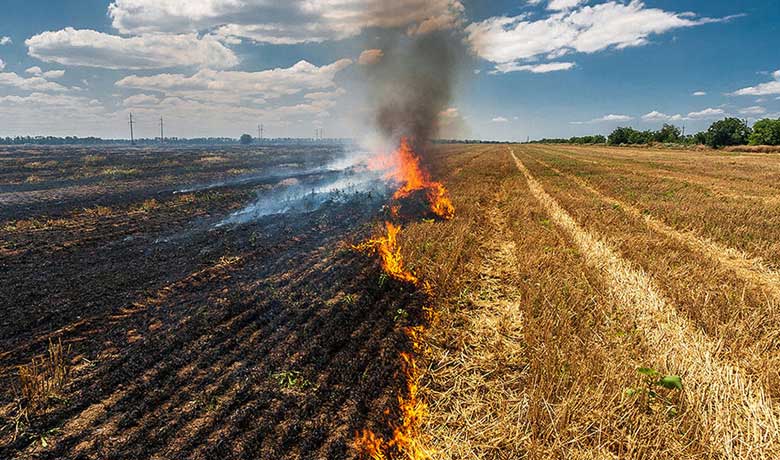
The priorities of the chair, as recorded by letter upon the accession to government of the Cameron–Clegg coalition were, chief amongst others: Responsibility for air traffic control in the UK passed to NATS in the run-up to the establishment of its public-private partnership in 2001. The Civil Aviation Act 1982 was an Act of Parliament to address evolving conditions, and currently governs air flight in the UK.
#UK AIR NAVIGATION REGISTRATION#
The Air Registration Board became the Airworthiness Division of the Authority. The CAA has been a public corporation of the Department for Transport since then. The CAA was established in 1972, under the terms of the Civil Aviation Act 1971, following the recommendations of a government committee chaired by Sir Ronald Edwards. The scheme is designed to reassure customers that their money is safe, and will provide assistance in the event of a travel company failure.īefore 1972, regulation of aviation was the responsibility of the Air Registration Board. It ensures they do not get stranded abroad or lose money. If a travel company with an ATOL ceases trading, the ATOL scheme protects customers who had booked holidays with the firm. The CAA also oversees the Air Travel Organisers' Licensing (ATOL).īy law, every UK travel company which sells air holidays and flights is required to hold an ATOL, which stands for Air Travel Organiser's Licence.
#UK AIR NAVIGATION PROFESSIONAL#

The UK government requires that the CAA's costs are met entirely from its charges on those whom it regulates.

In some aspects of aviation it is the primary regulator. The CAA directly or indirectly regulates all aspects of aviation in the UK. 4.3 CAA College of Telecommunications Engineering (CTE) – Bletchley.4.2 CAA Signals Training Establishment (STE) – Bletchley Park.


 0 kommentar(er)
0 kommentar(er)
